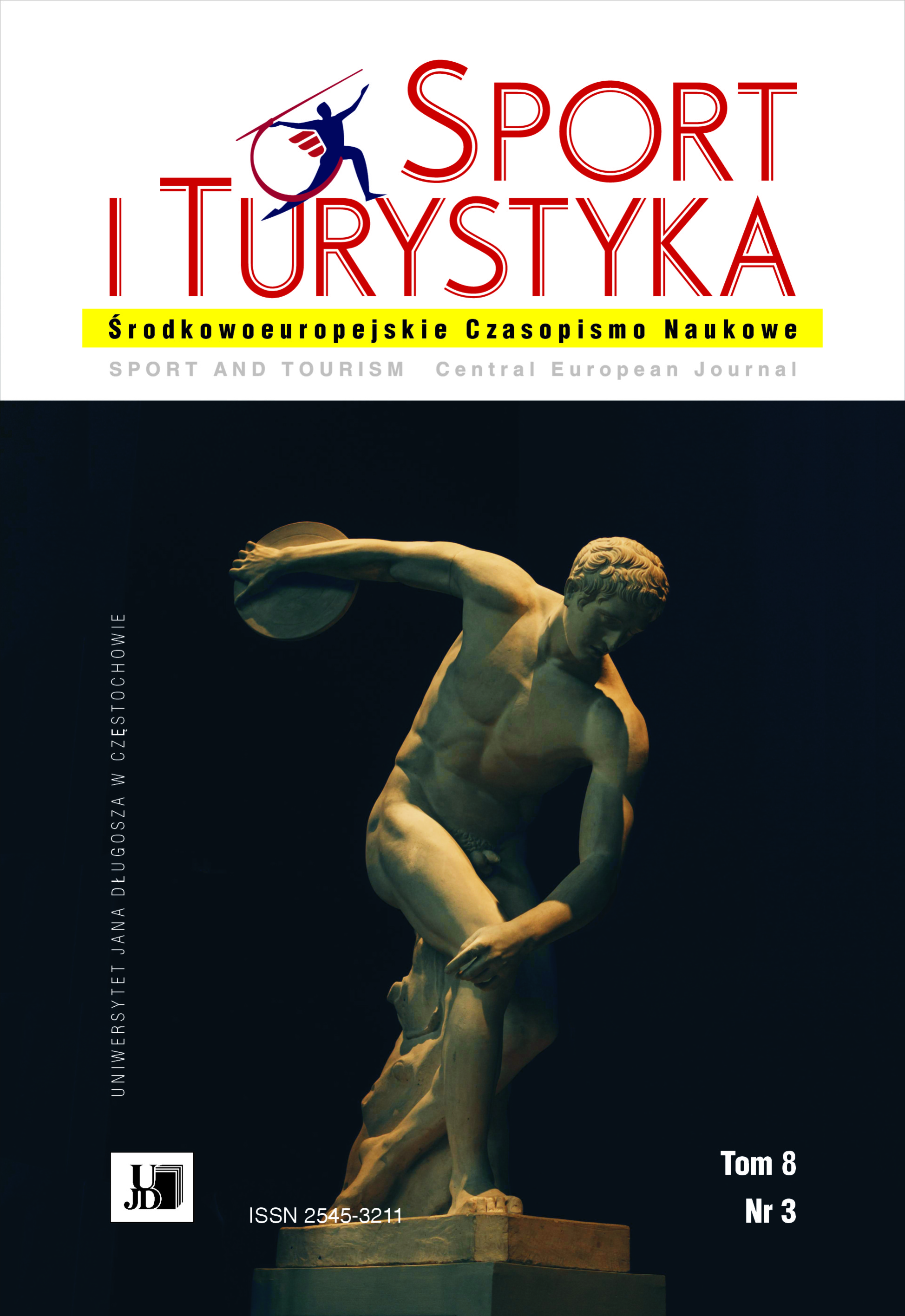Abstract
Teachers (educators) maintain the misunderstanding that teaching gymnastics in primary education is full of challenges (risks, complications). Regardless of whether you are a beginner and/or an experienced teacher in primary education, leading students (pupils) to mastering gymnastics may be challenging. Because many gaps remain in literature, in terms of Slovak scale (to the best of the authors' knowledge), the present study was aimed at analyzing and comparing teachers' preferences of teaching gymnastics in primary education. A 3-question survey (teachers' preferences of teaching gymnastics) was carried out during 18 weeks (June 1 – September 30, 2023), aiming at 1246 (100%) teachers in primary education: (i) Beginning teachers (490, 39.32%); (ii) Experienced teachers (756, 60.68%). Descriptive (percentage – %, arithmetic mean – x)̄ and inferential (chi-square test – χ2) statistics was used to evaluate the data (Ibm Spss Modeler). 30.50% (380) of teachers in primary education believe that teaching gymnastics (dance) is demanding, compared to outdoor adventure (108, 8.60%) (χ2(4) = 3.08 E-05; p = 26.04). 786 (62.34%) of teachers in primary education use traditional gymnastics equipment, compared to 1.92% (24) who do not teach gymnastics (at all) (χ2(3) = 19.54; p = 0.0002). 42.78% (532) of teachers in primary education believe that material equipment (available) in teaching gymnastics in sufficient, compared to 20.14% (250) who take the opposite view (insufficient) (χ2(3) = 0.64; p= 1.68). Despite the challenges, incorporating gymnastics in primary education may offer advantages, in particular, developing coordination and balance, fostering teamwork and cooperation. Adequate preparation and access to resources may help teachers navigate the challenges of teaching gymnastics and provide learning experiences.





